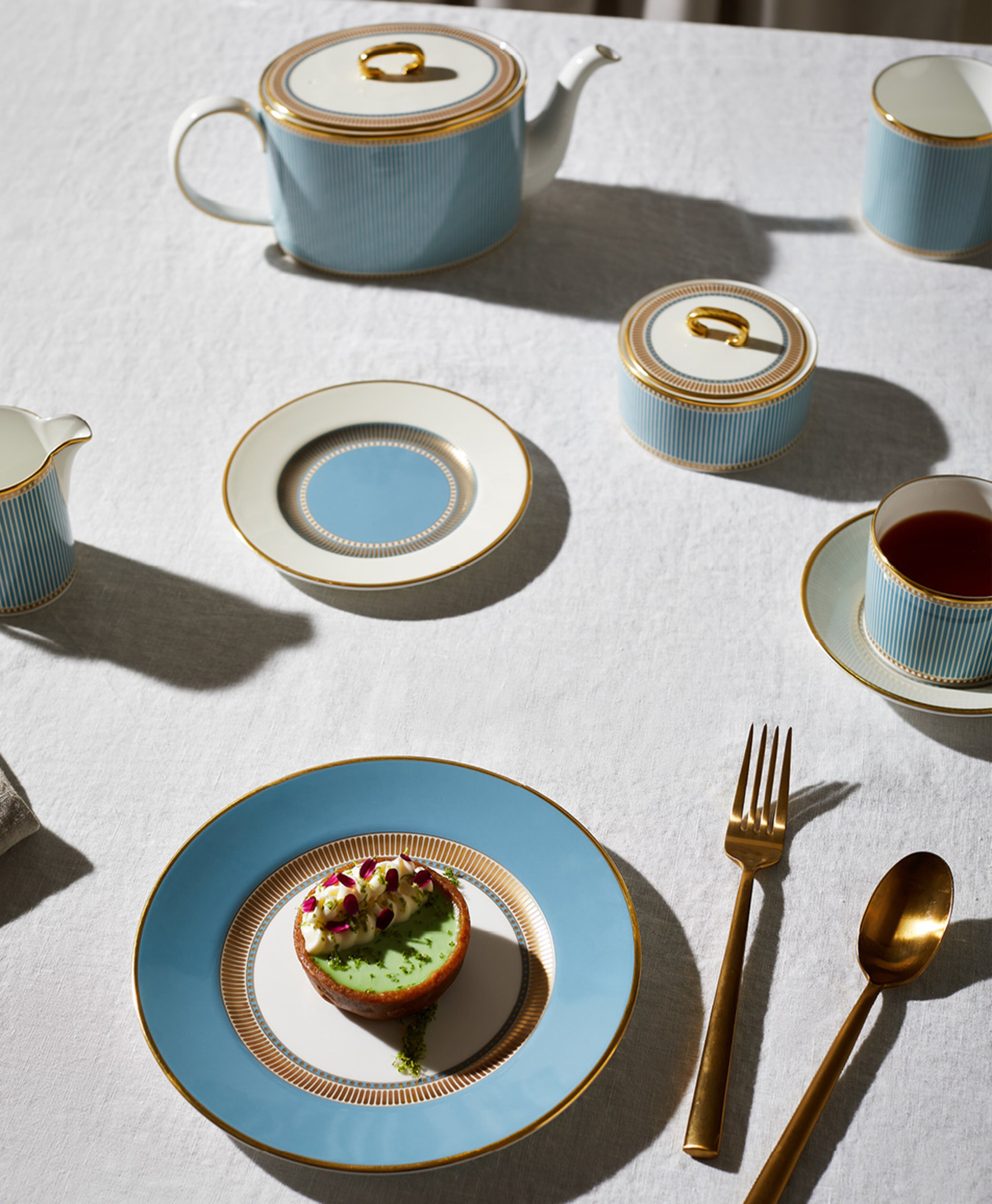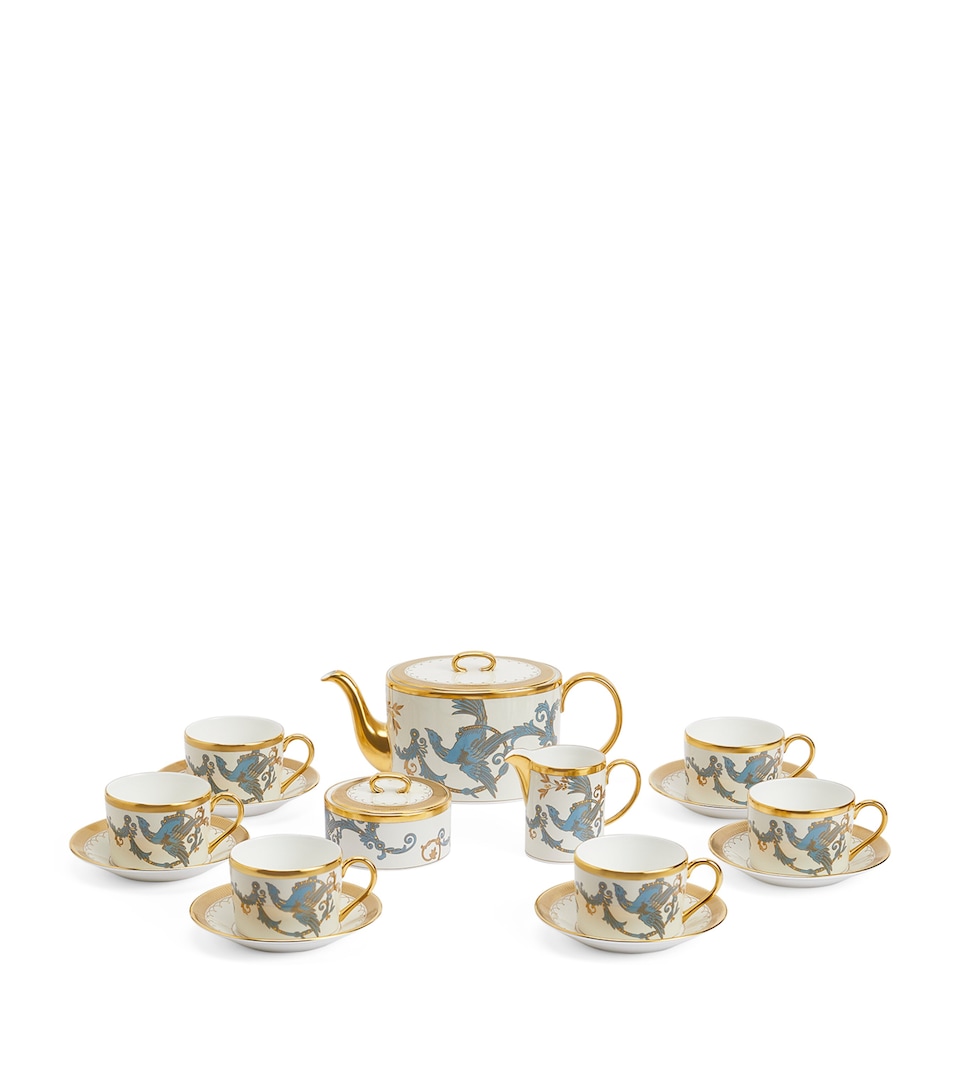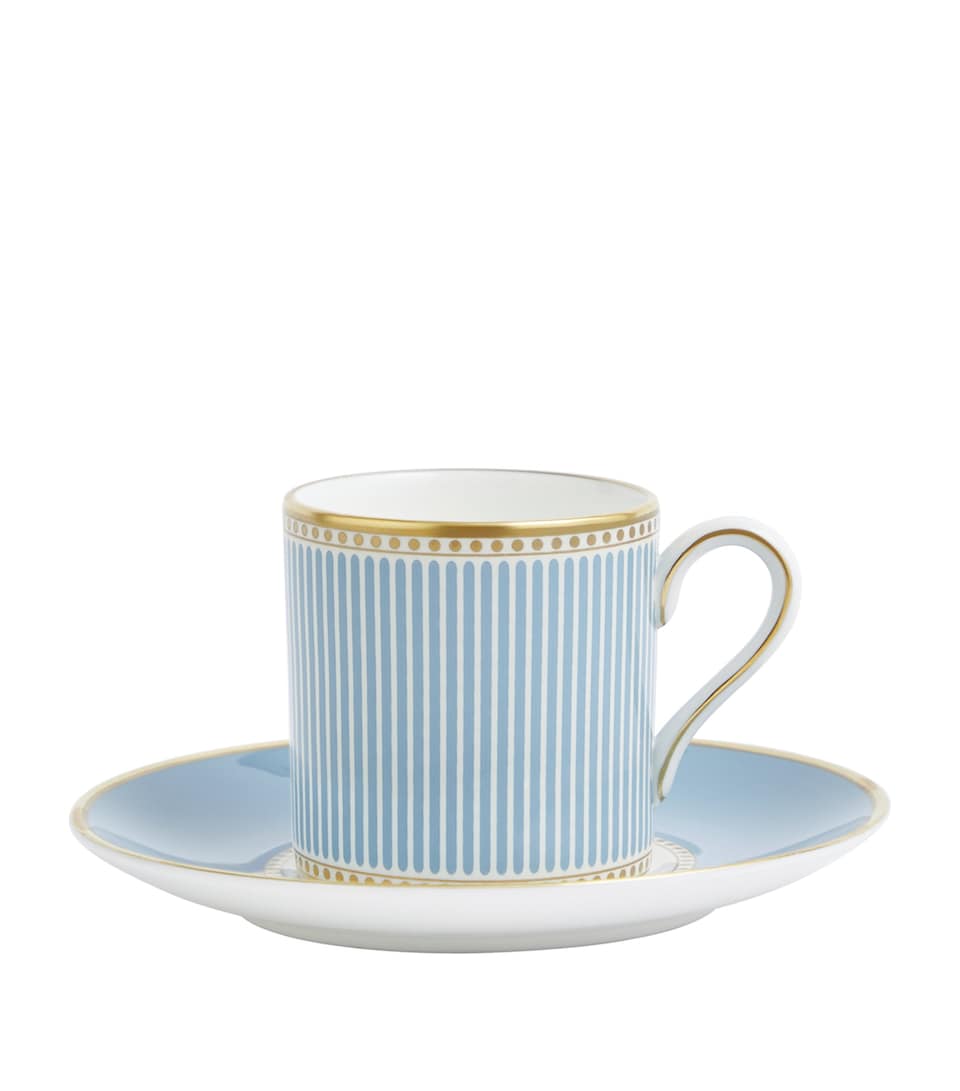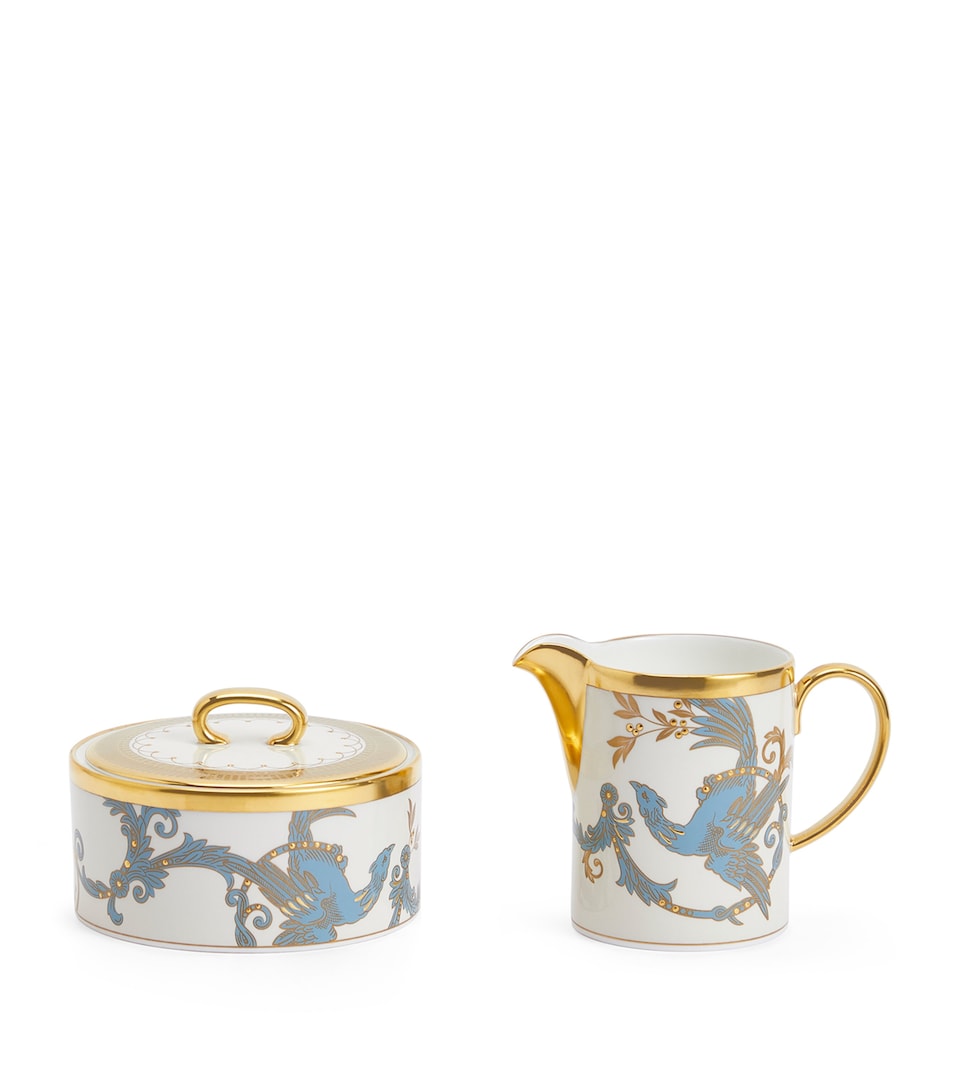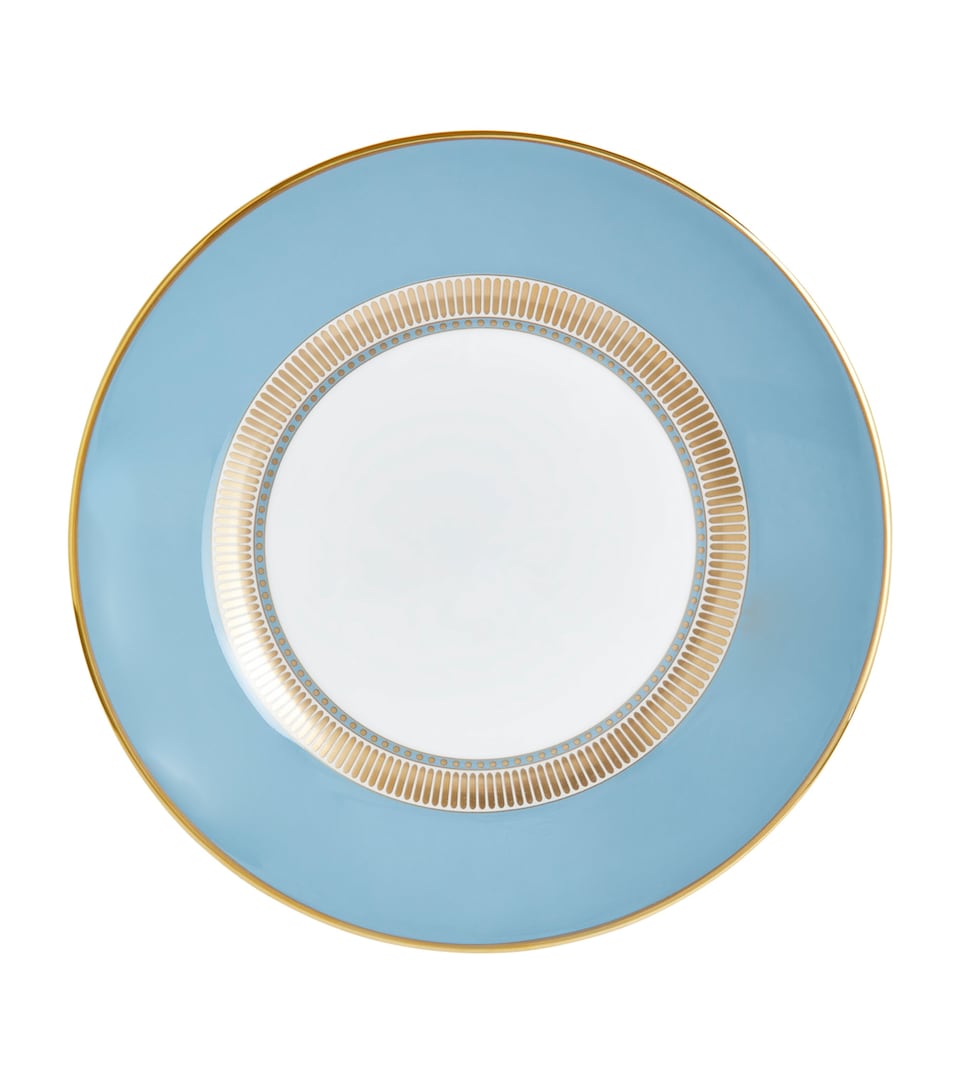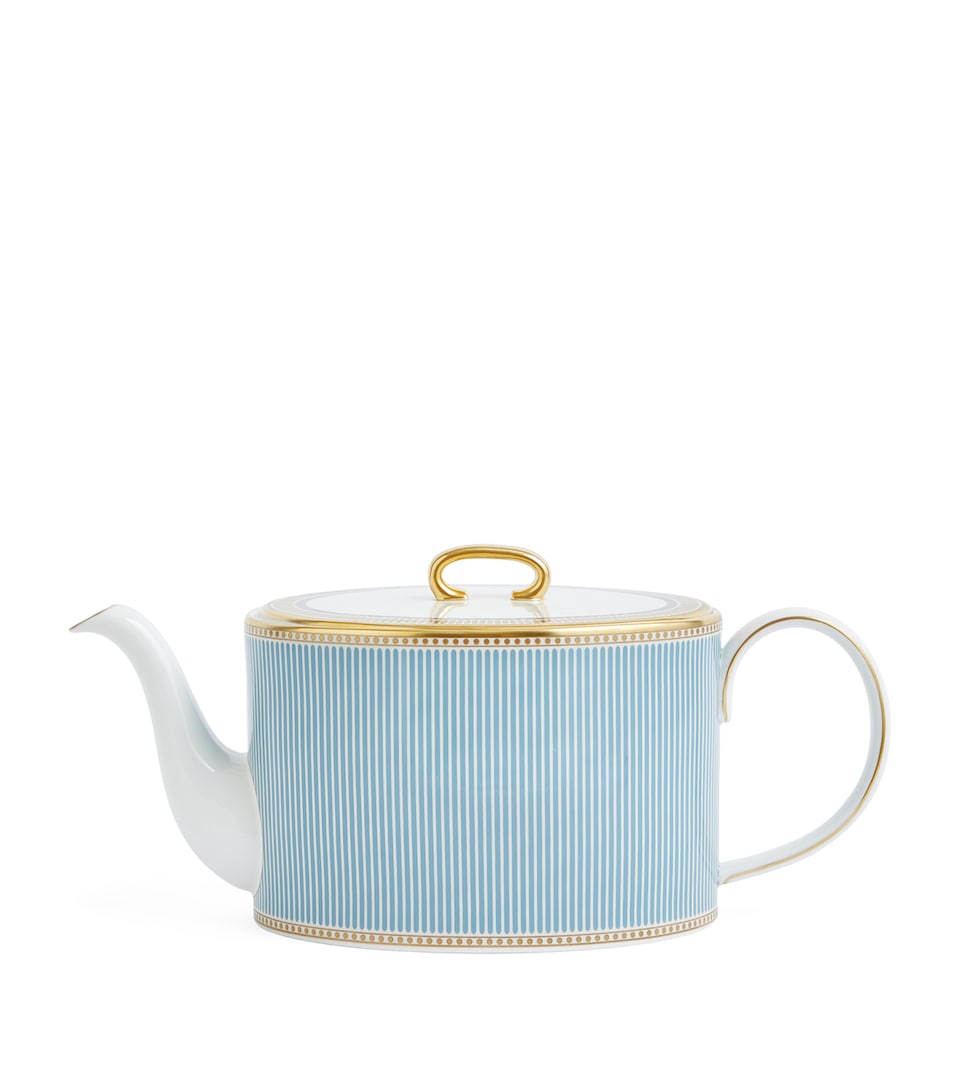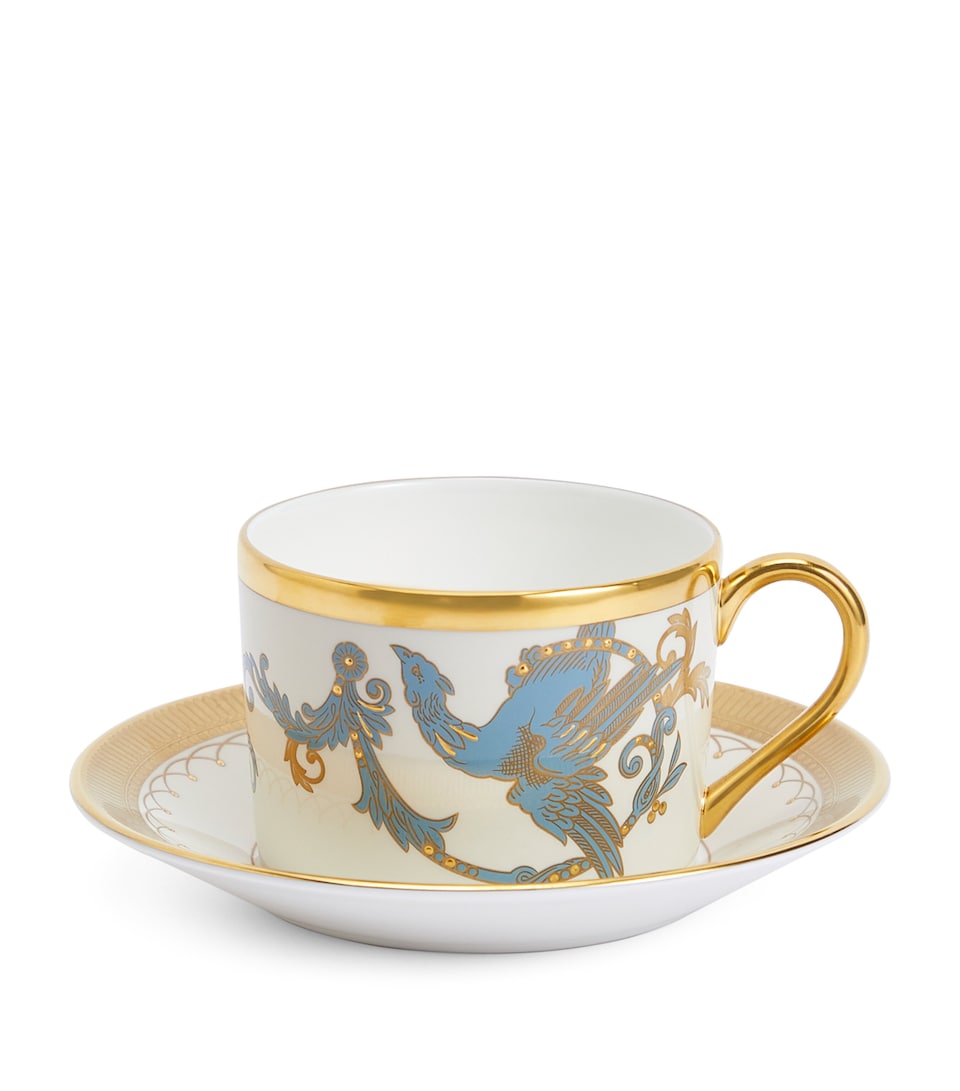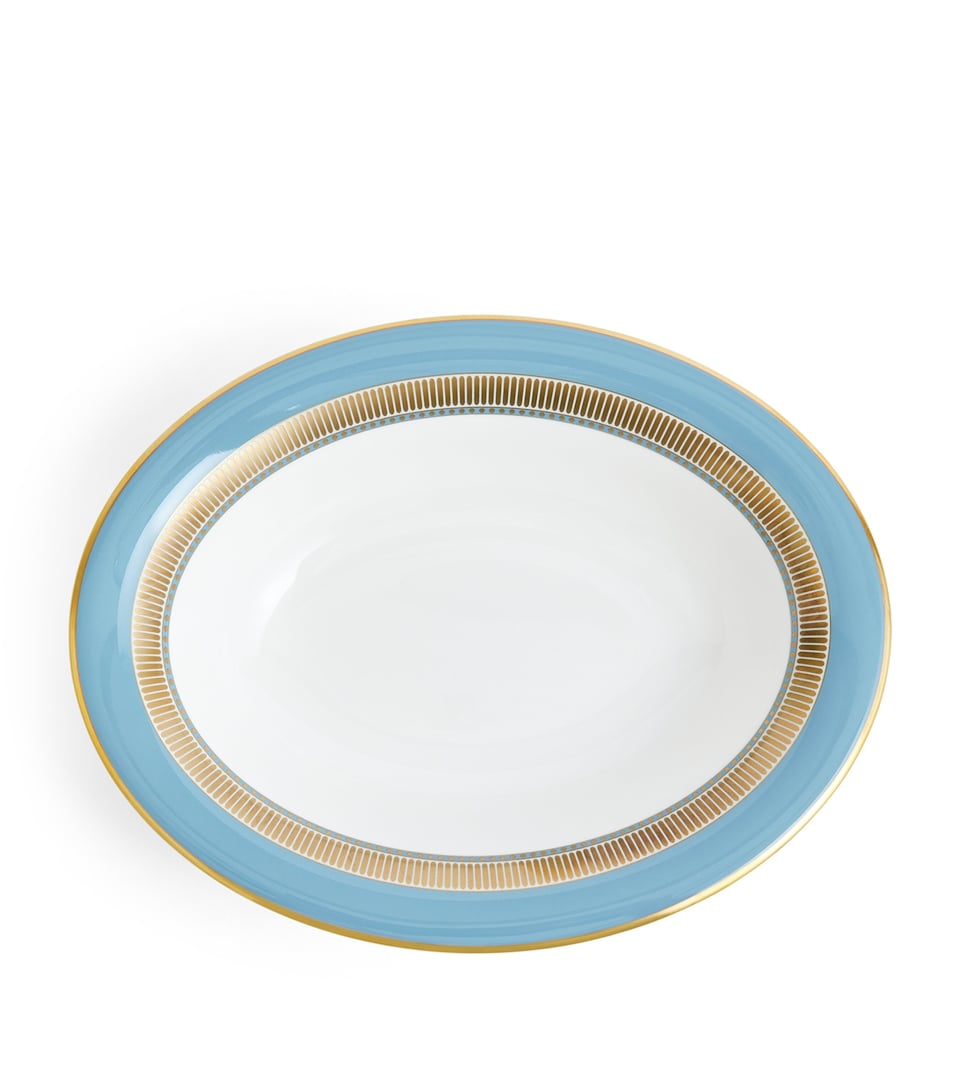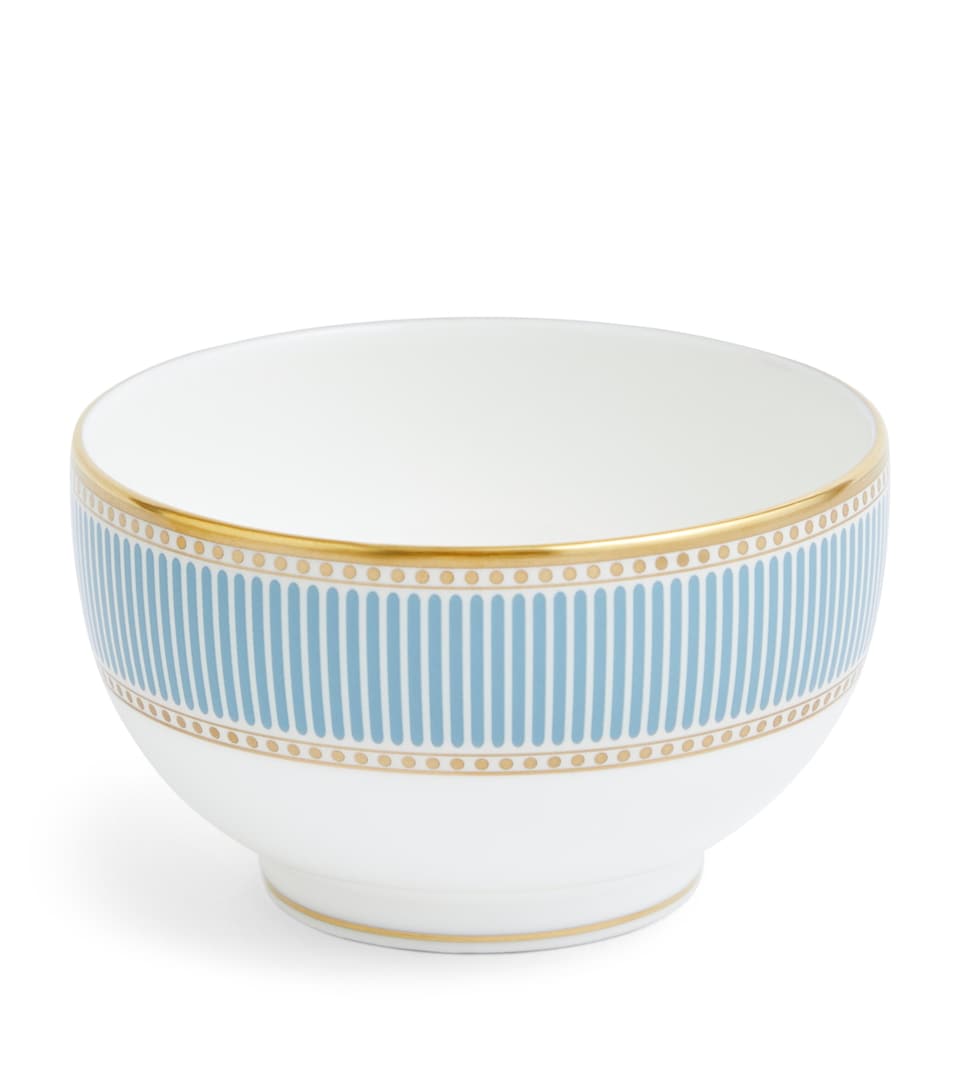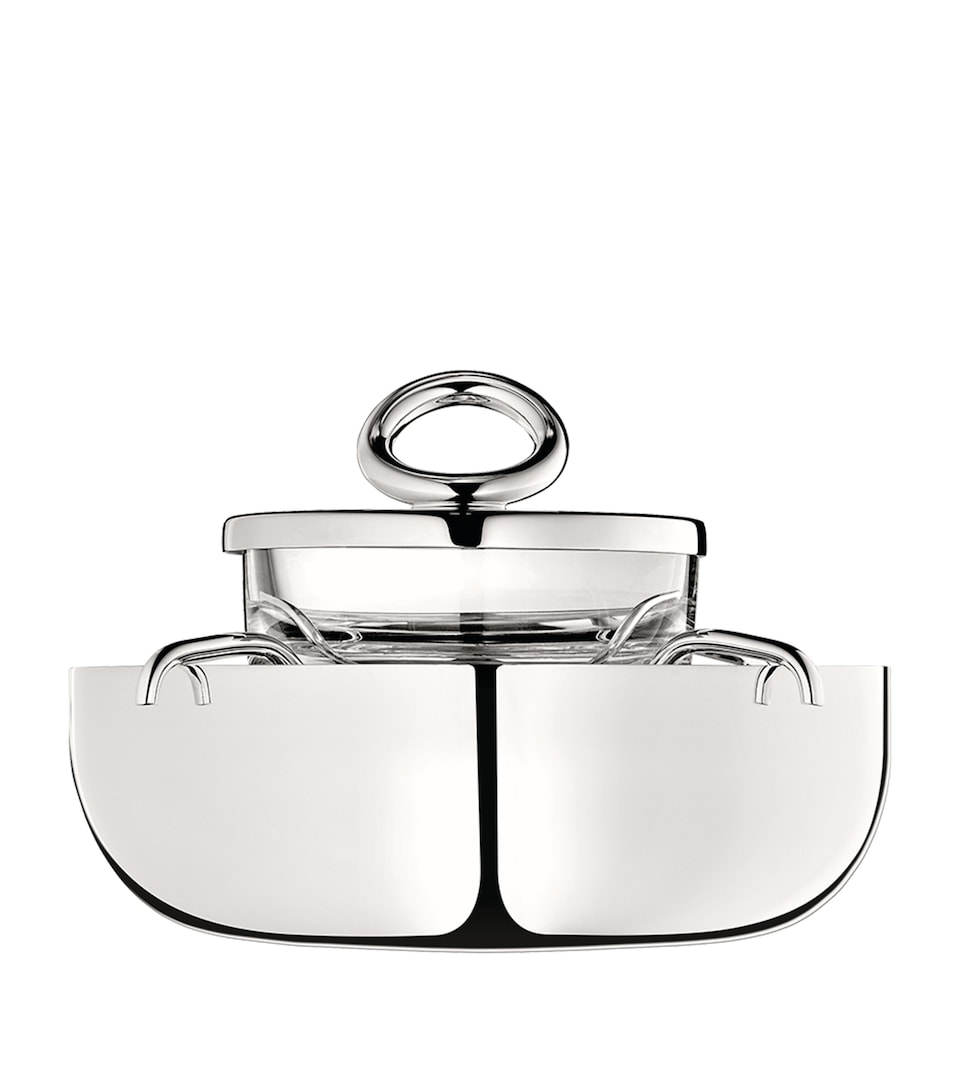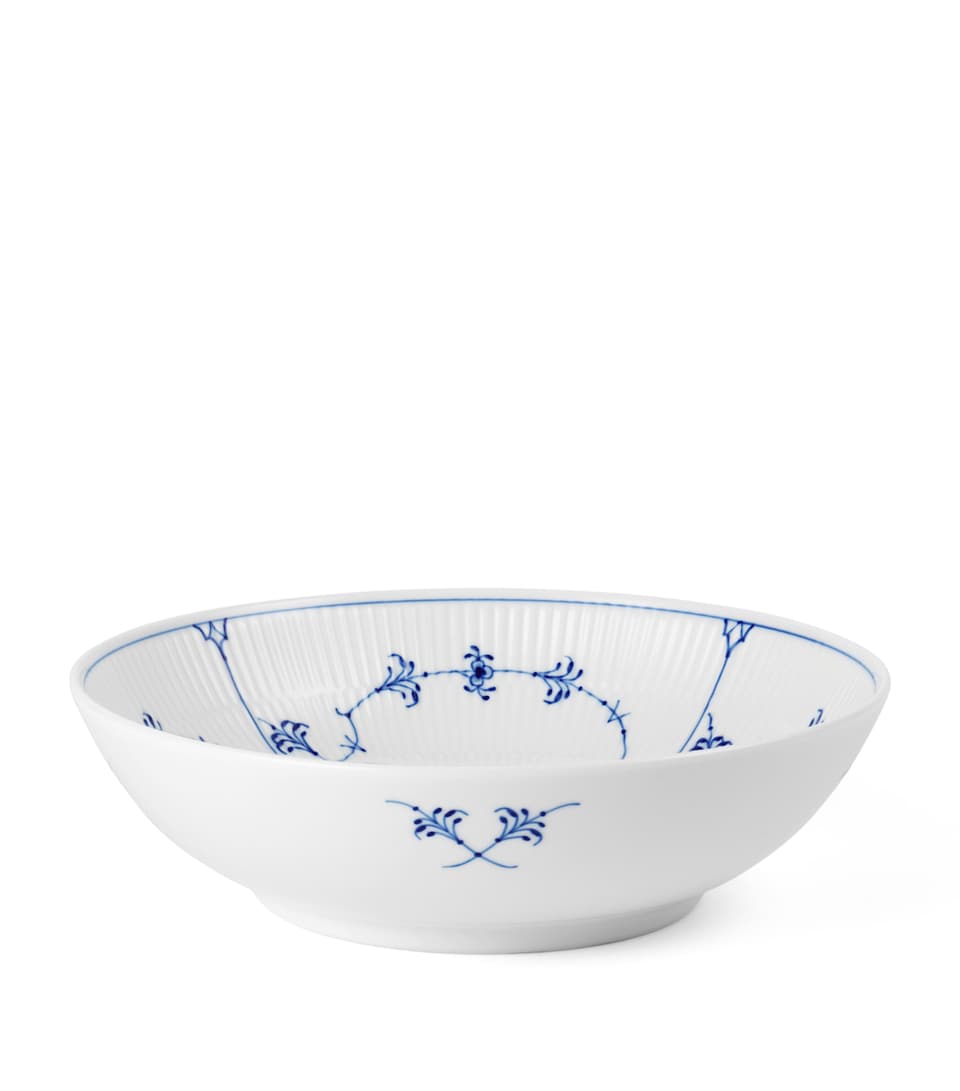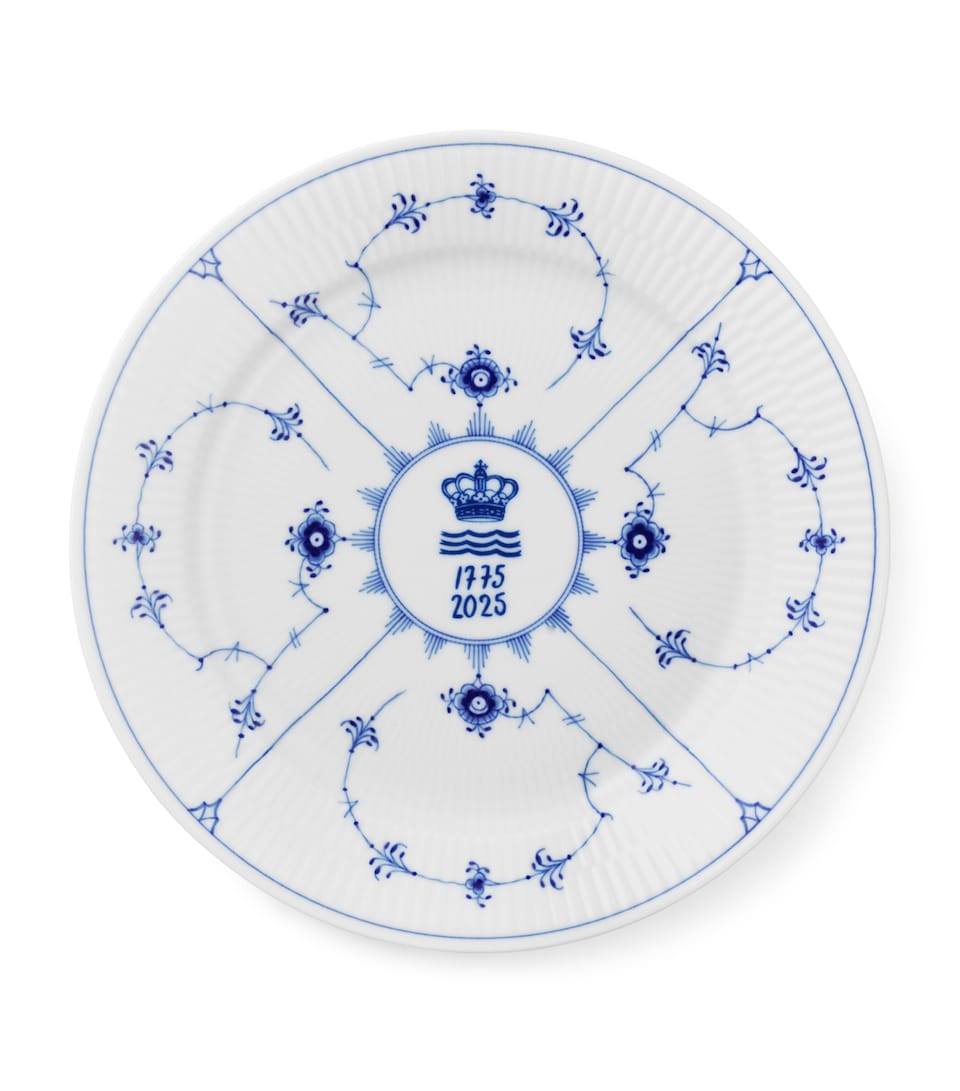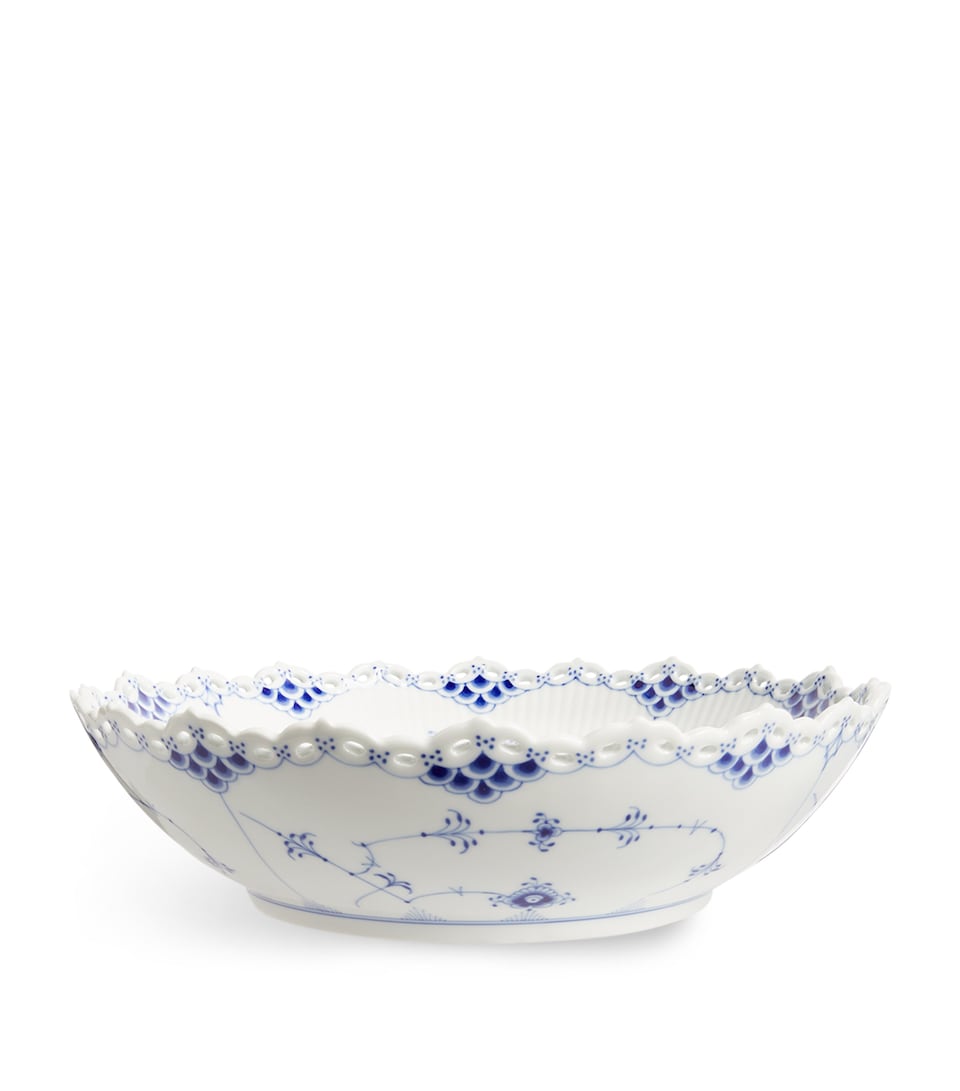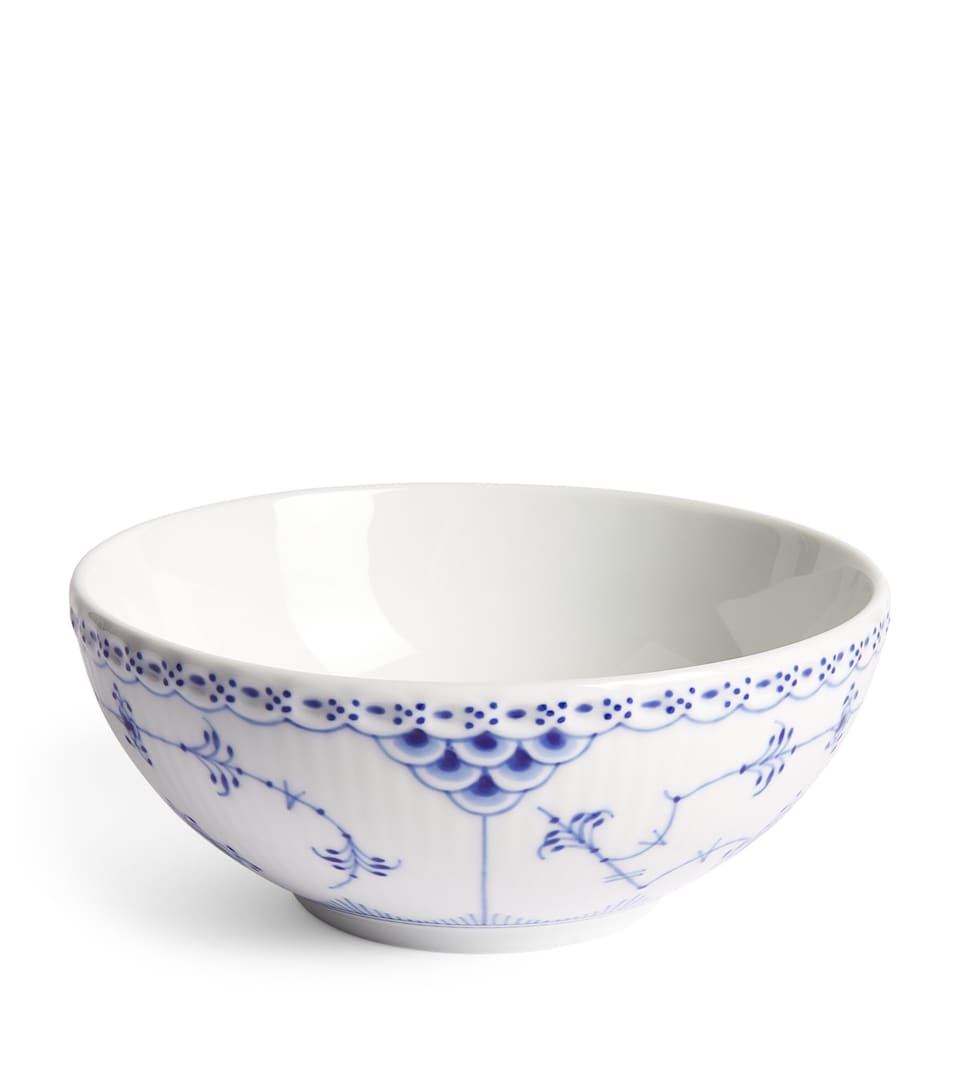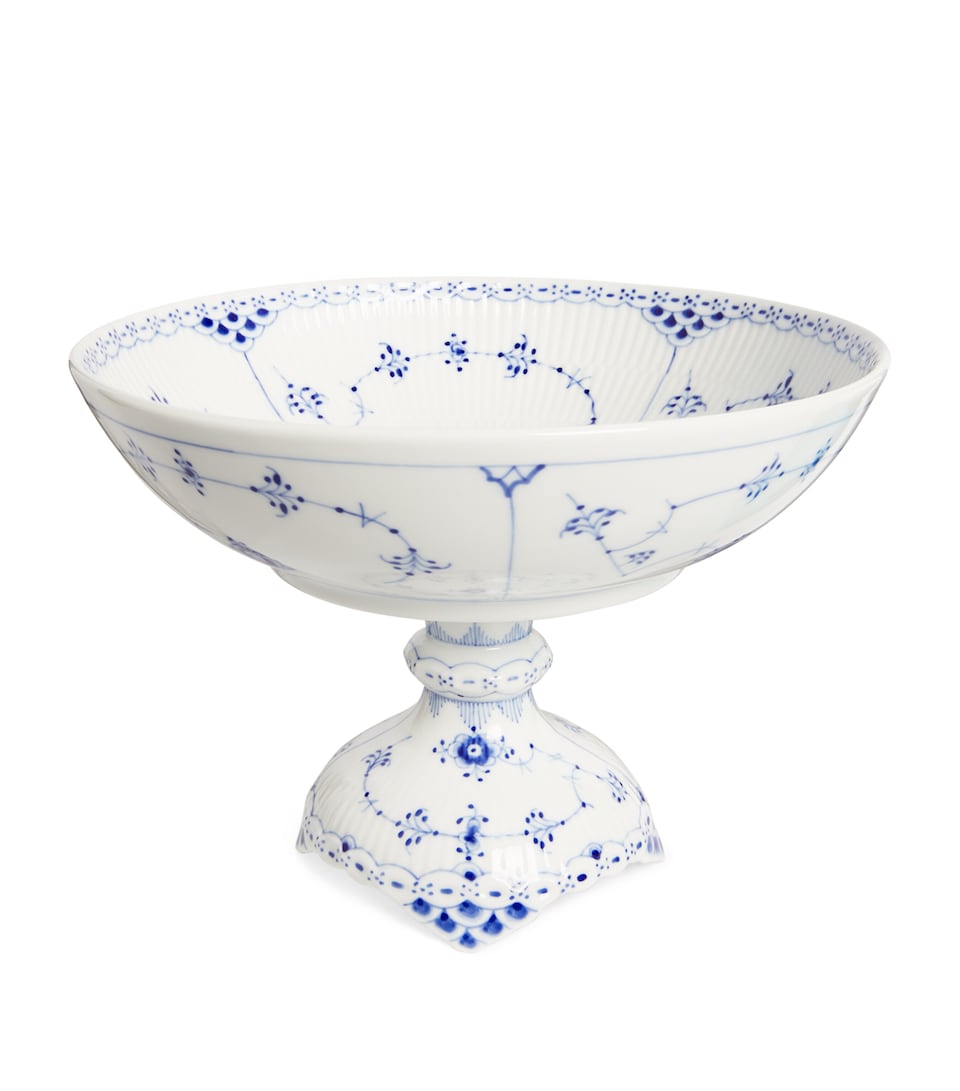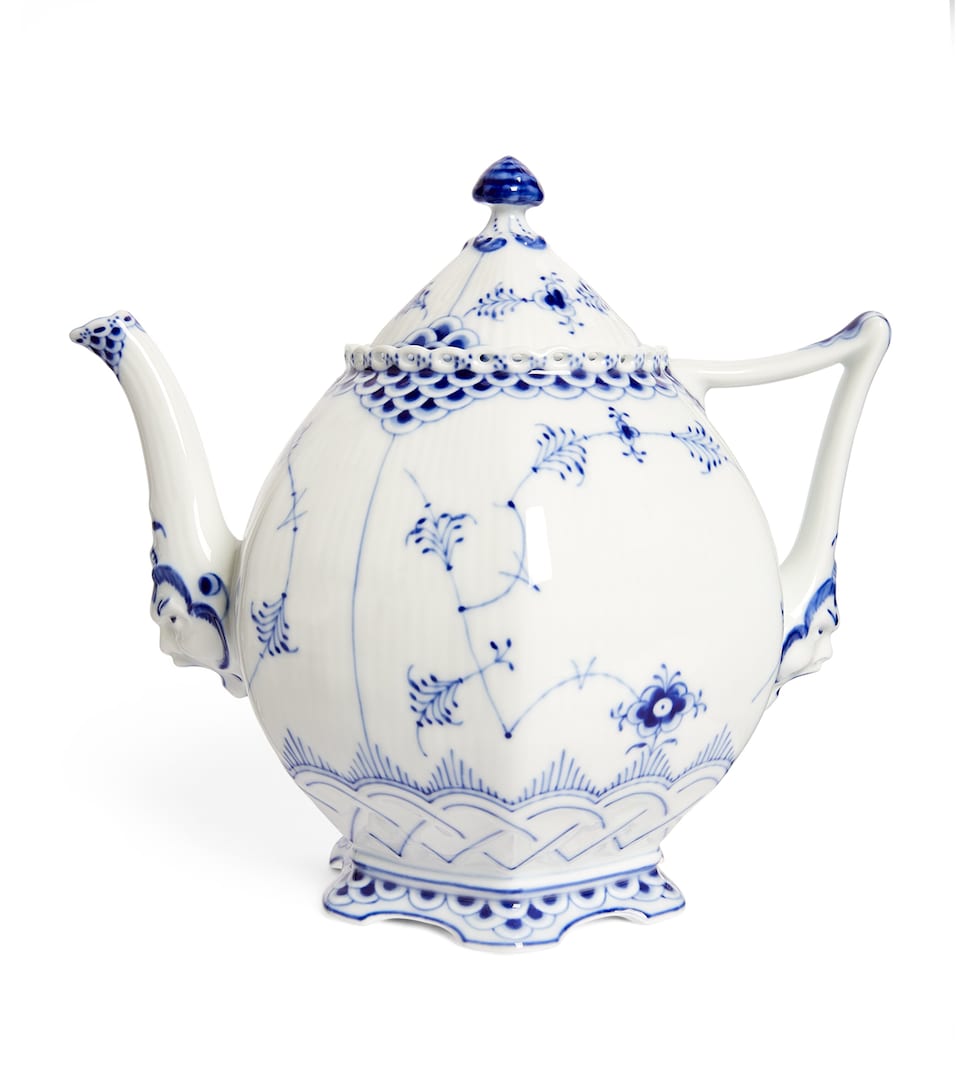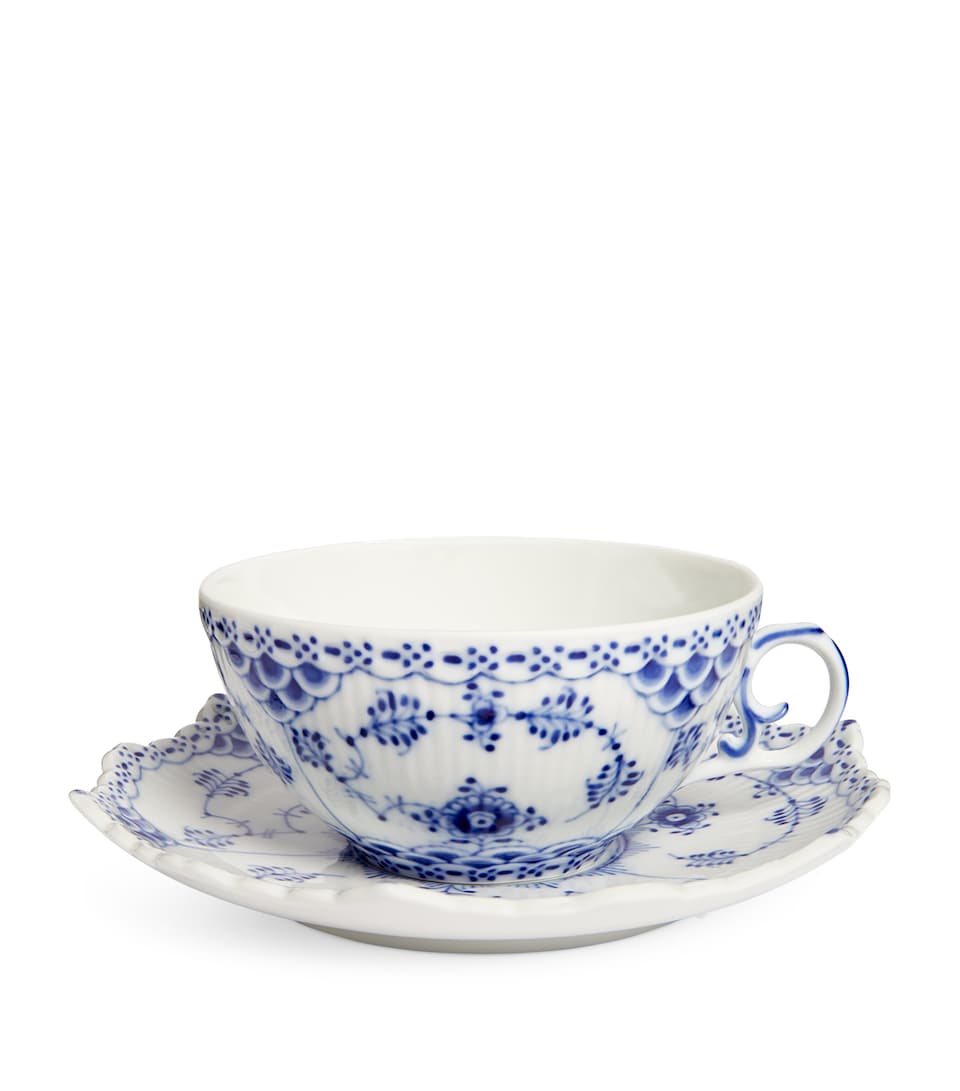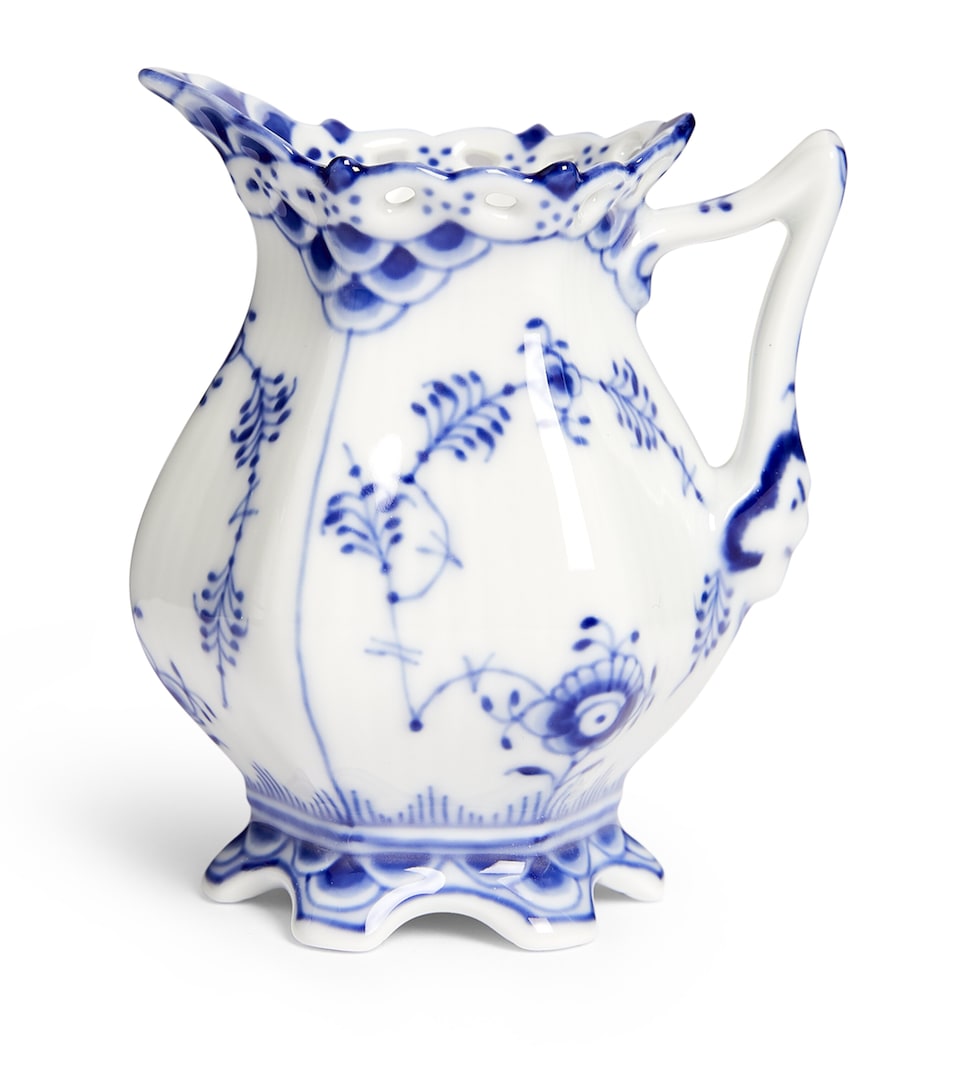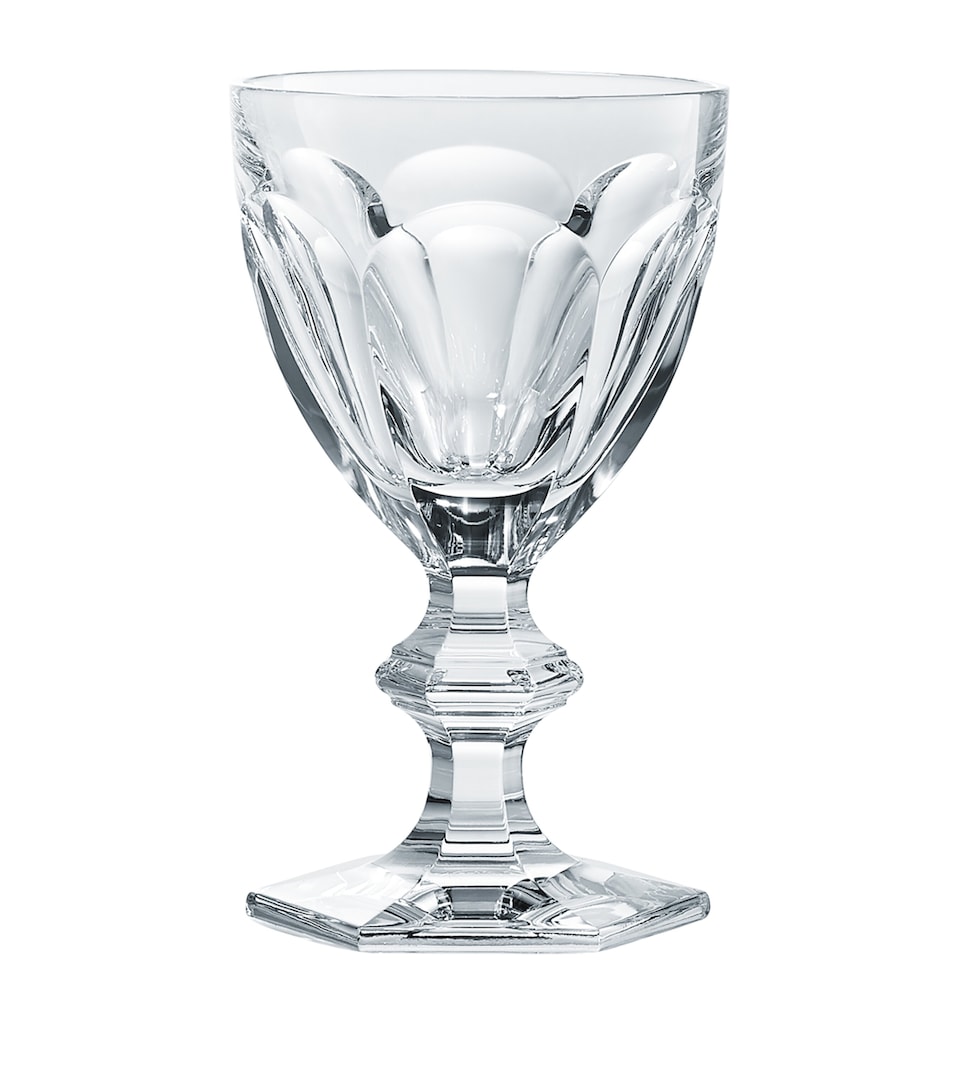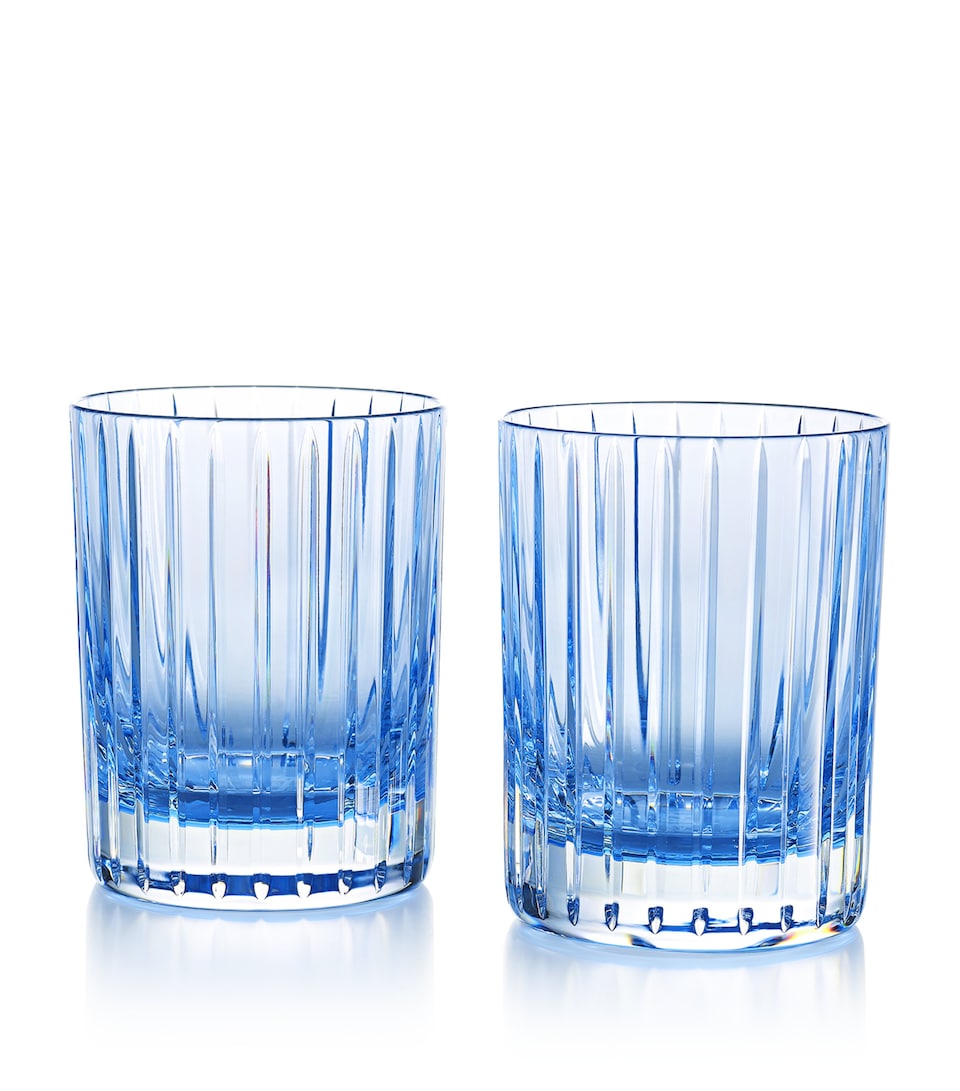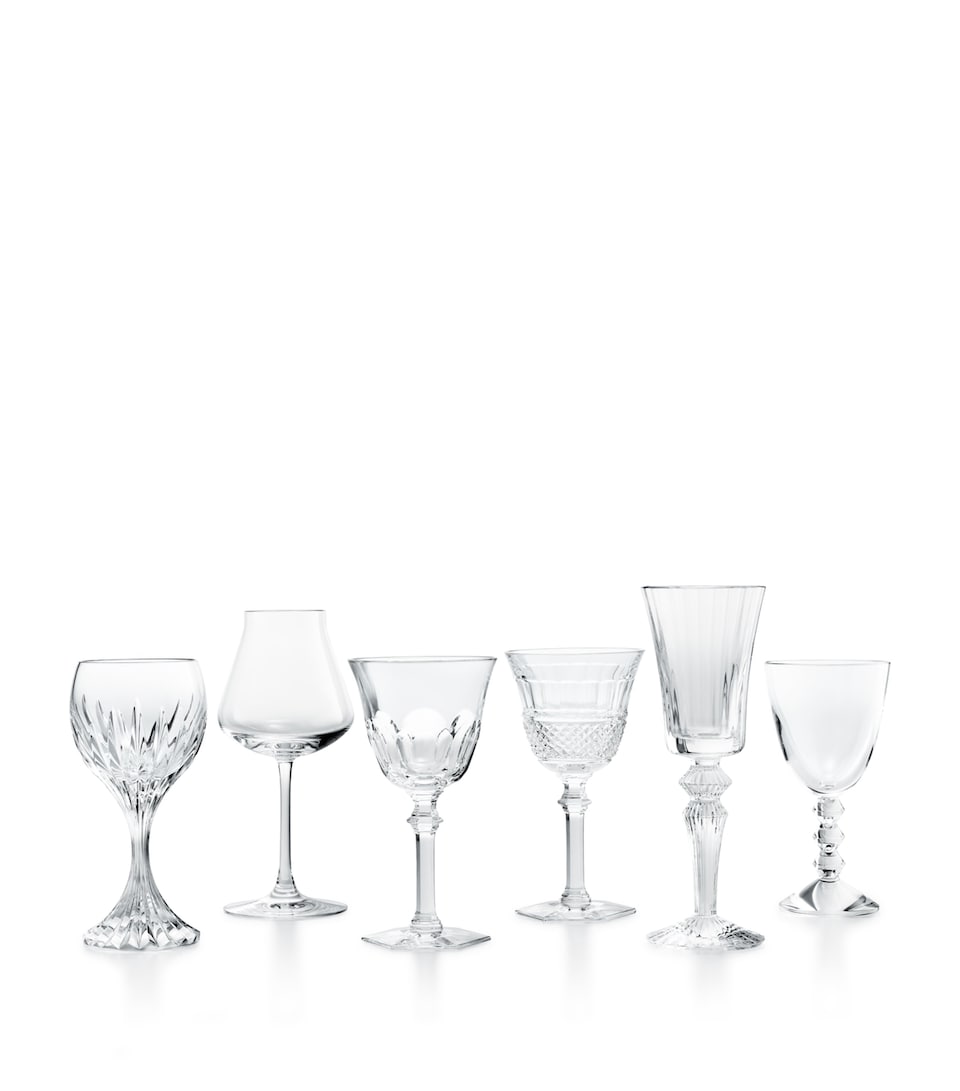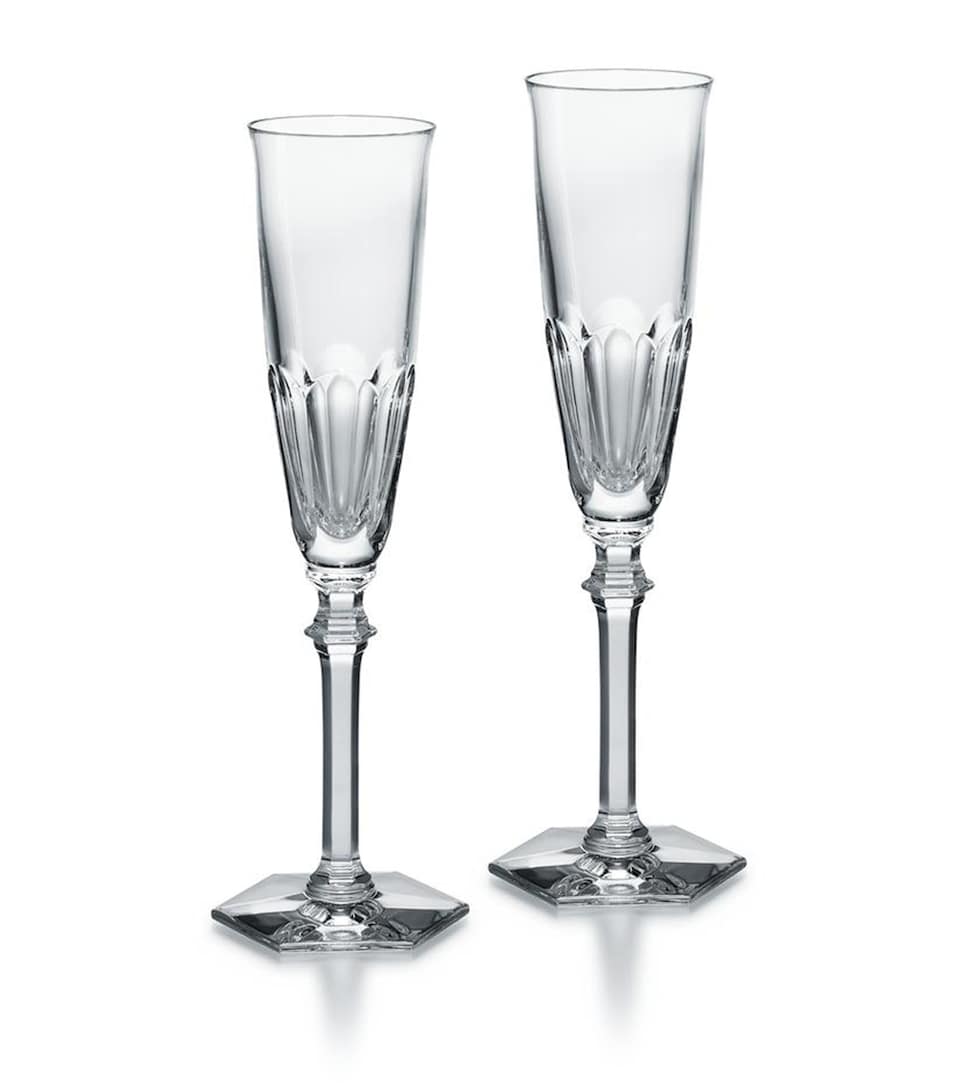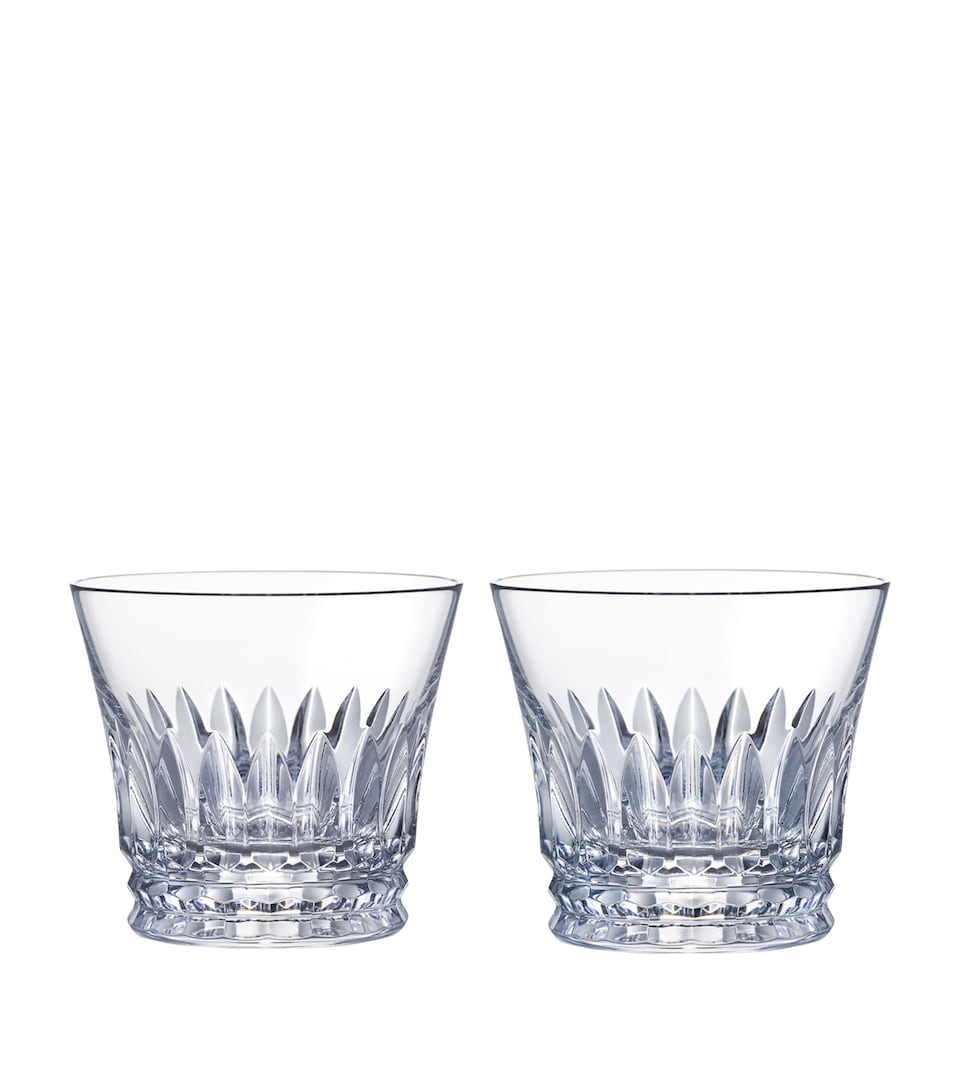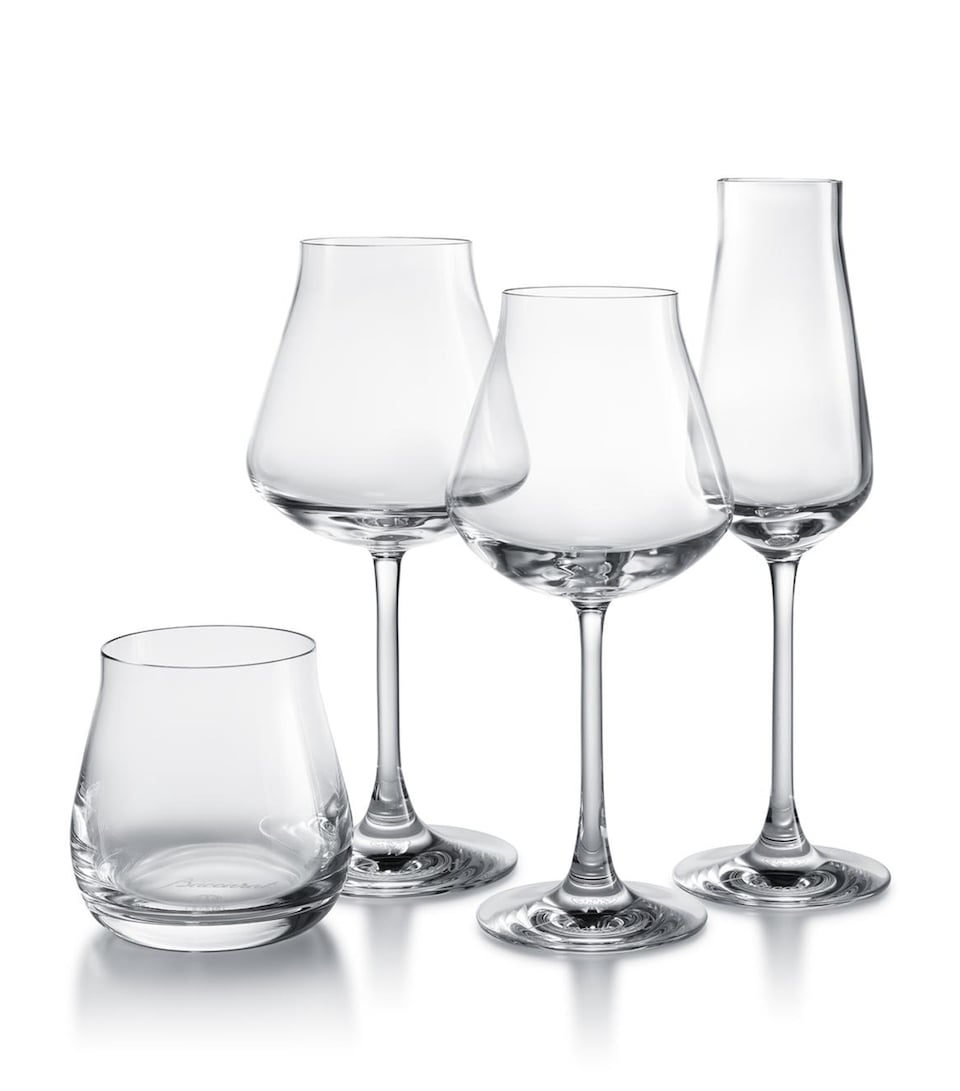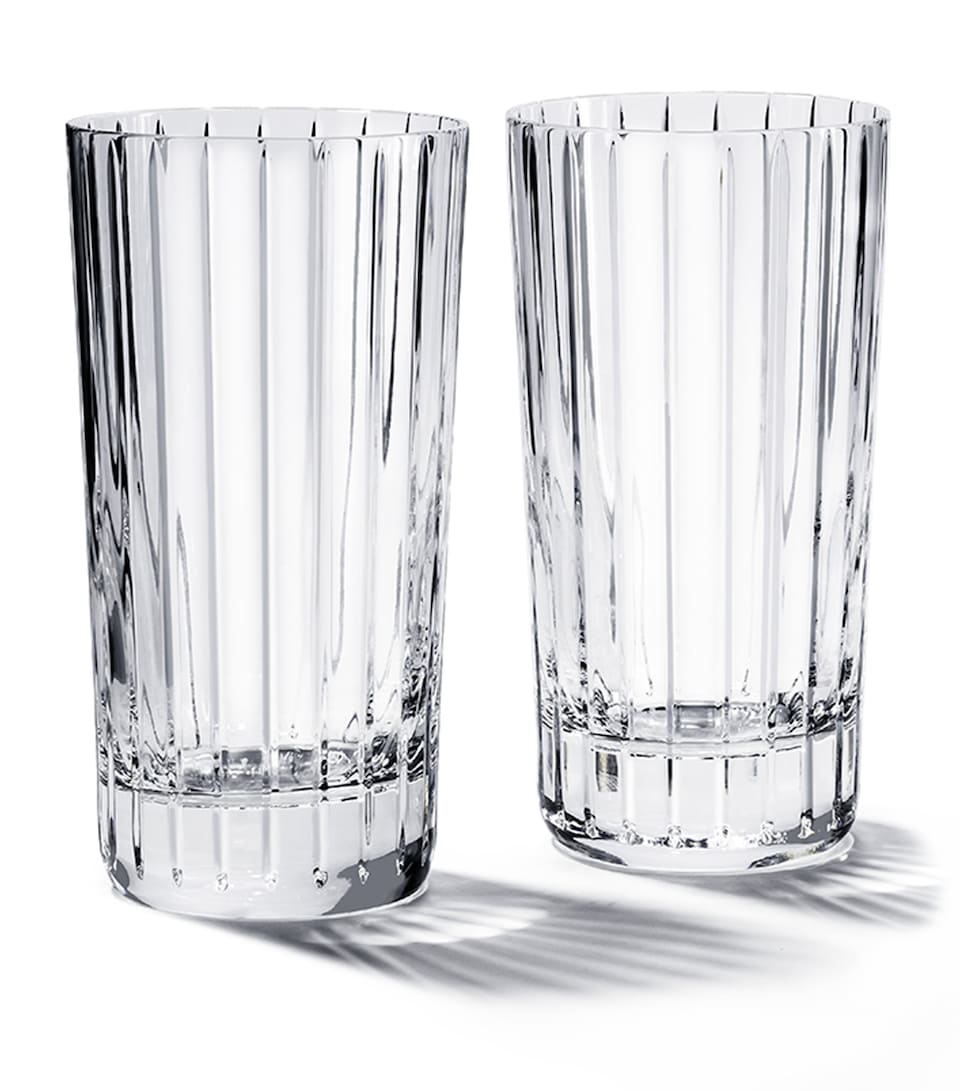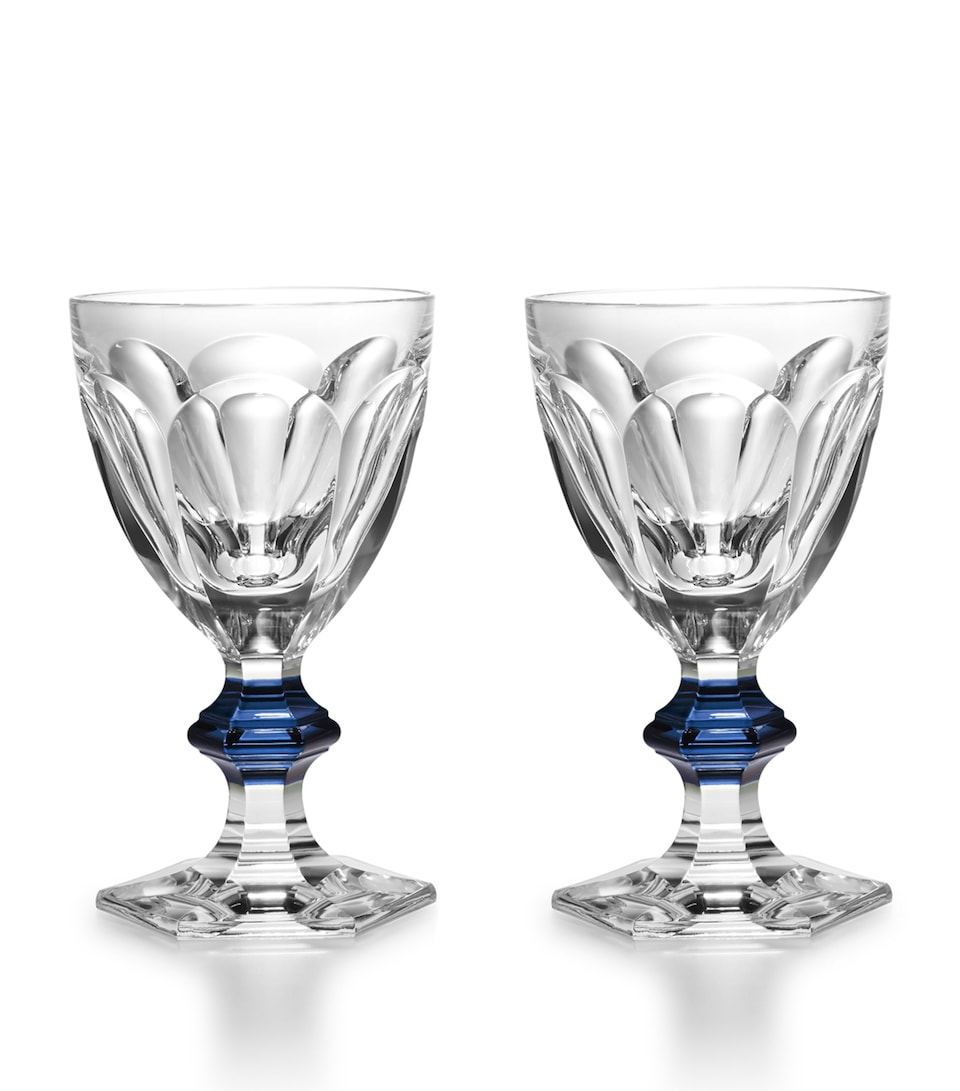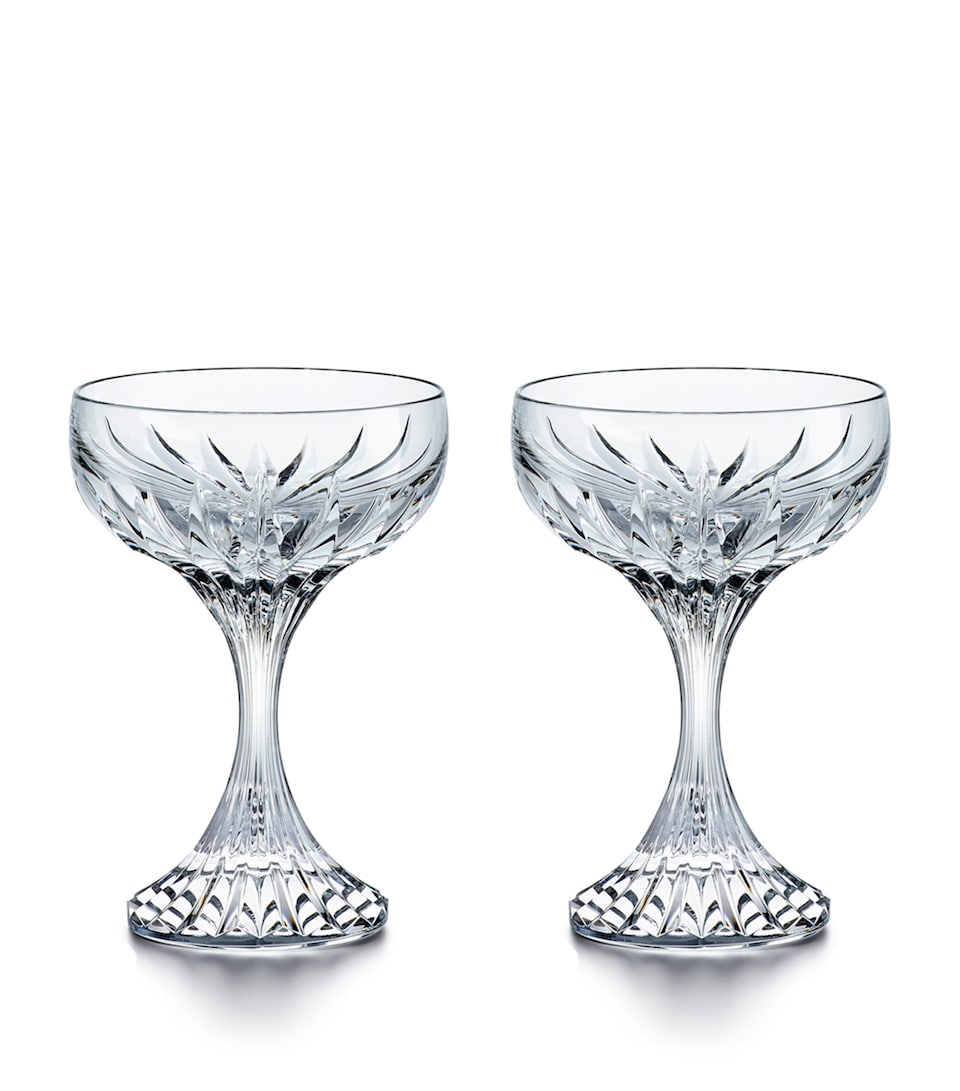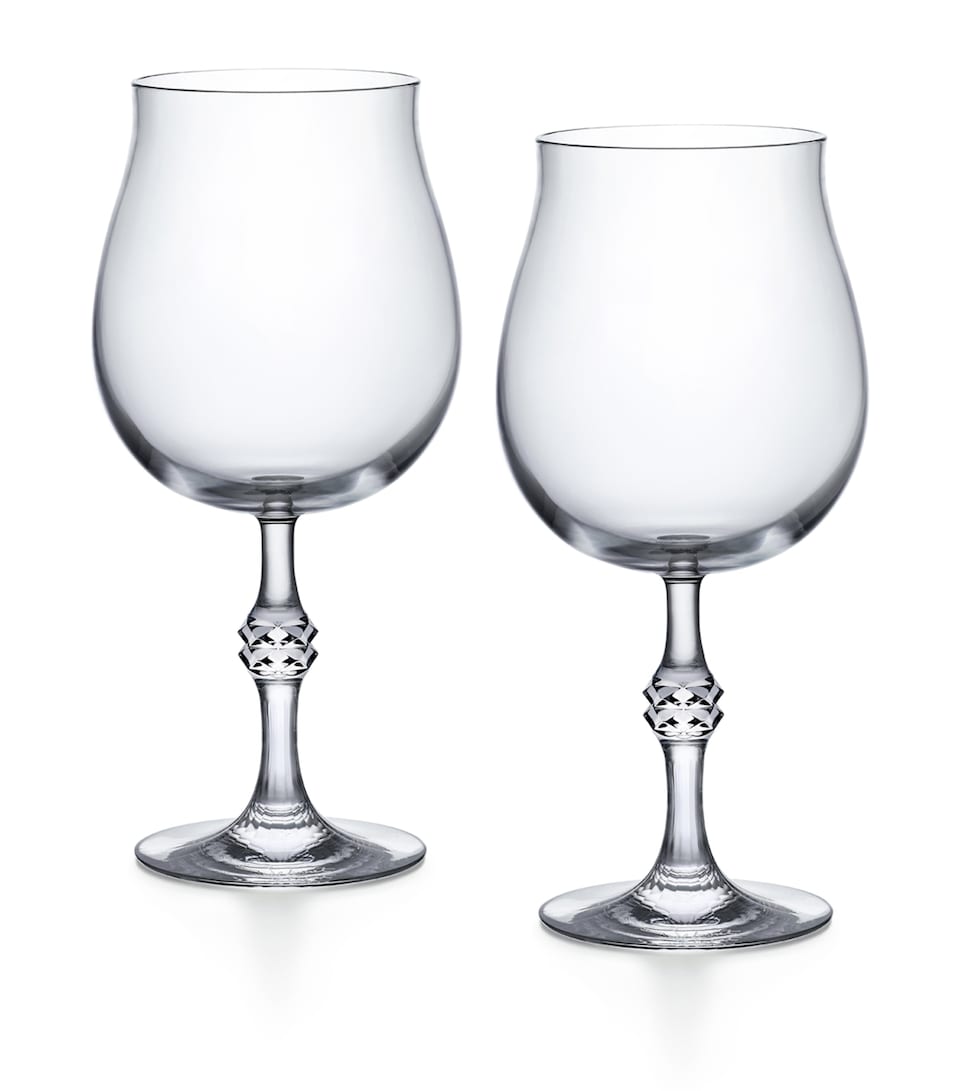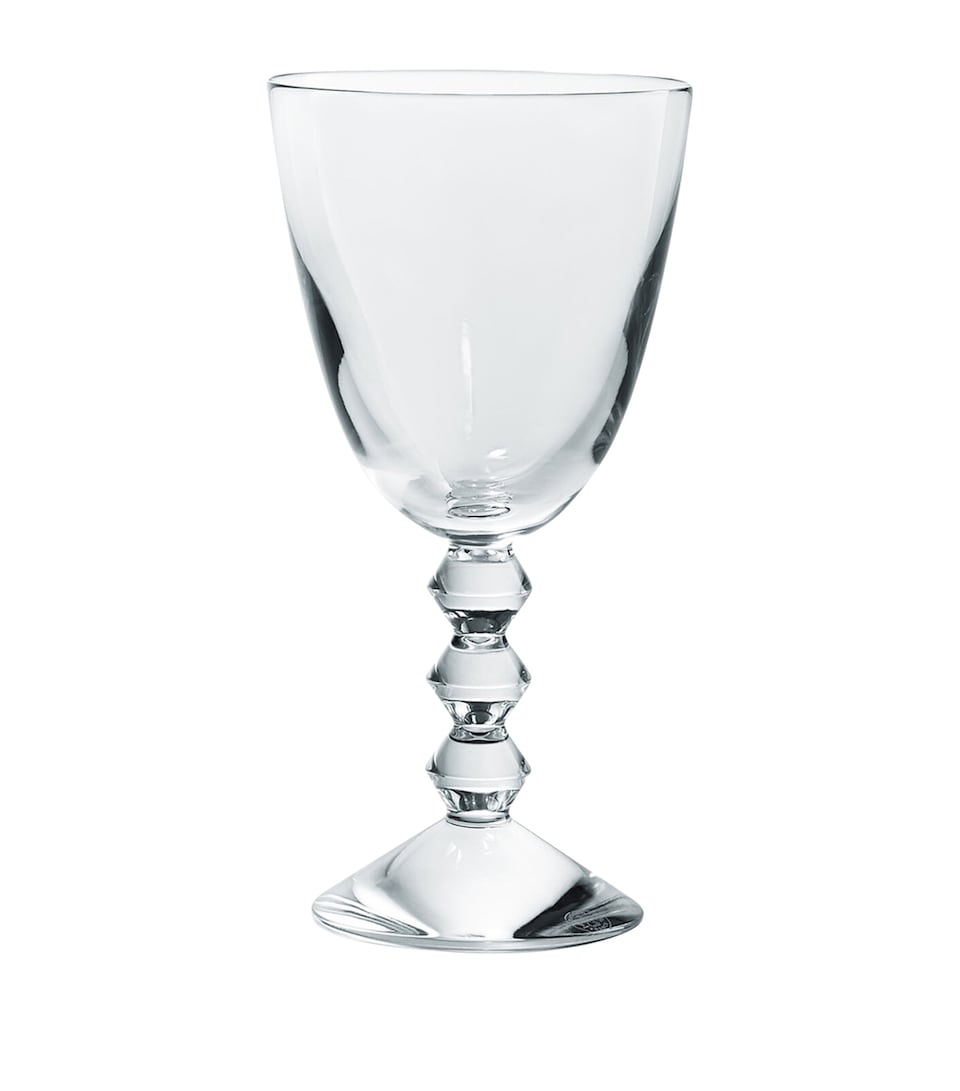Best for English Fine Bone China: Wedgwood
Josiah Wedgwood’s brainchild has been going strong for more than 260 years, with its fine English ceramics now prized finds in antique markets. The founder famously invented Jasperware in 1774 – a revolutionary stoneware, known for its matte finish and pale blue hue, discovered after thousands of experiments.
Today, that legacy lives on in the new Helia and Phoenix designs, both rendered on fine bone china in a shade of blue that nods to those early Jasper trials. Taking the mythical bird motif from Florentine – one of Wedgwood’s earliest classical patterns – the Phoenix pattern is a fitting symbol for a brand that continued to reinvent itself. With raised detailing and hand-painted layers of 22-karat solid gold, both collections are a showcase of the skill of the Barlaston factory’s master craftspeople – and are certainly worth investing in.
